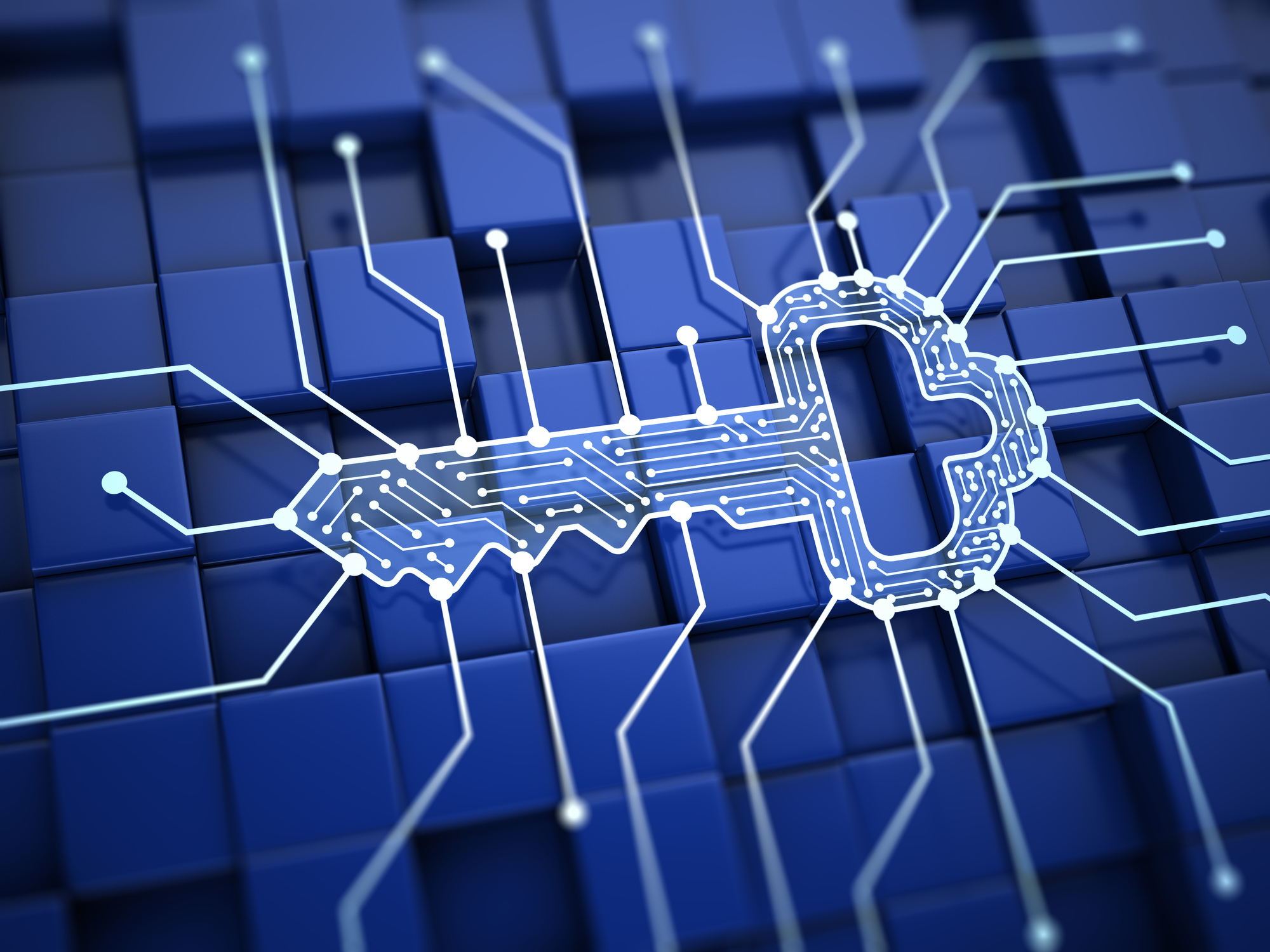Over the next 5 years DCC will be embarking on a journey of digital transformation, enhancing the capabilities of a network that will deliver 30 million connected homes and over 56 million end points on a secure platform delivering 100's of millions of messages every day. The DCC makes Britain’s energy system smarter. Ensuring the capabilities and performance of our system remains fit for purpose is essential to support the country's net zero journey.
Digital transformation is in our DNA. After all, we’ve spent the last 10 years building the smart meter message platform.
The systems that enable smart metering were designed over many years ago, and were based on the best available architecture direction at that time. The core platform has supported enhancements such as the migration of first generation meters, our Central Switching Service and other programmes enabling change in the energy system. But digital transformation is needed to ensure the infrastructure that underpins Britain’s smart meter system remains secure, scalable, value for money and flexible. Only through the digital transformation of our core systems will we enable a smarter, more connected future.
Our digital transformation approach is based on data analytics and a deep understanding our core systems, processes and the business requirements that our customers require from the DCC. We operate under a license that clearly defines the system requirement – “our what”. But, our “how” is a somewhat more iterative process.
It’s not about a shift to cloud, adoption of agile or dev ops. It’s about using the deep understanding of our systems, our license and our customer demands.
We’ll deliver digital transformation through our structured approach to system and service integration (SSI), and look to use a combination of mature and robust new technologies, and software development tool sets to deliver an enduring DCC platform. As part of this we’ll consider cloud based infrastructure (compute and storage, modern development tools - secops, devops, aiops) that are mature, proven to work at scale and meet customer needs.
Our challenge in DCC is the number and age of the meters and comms hubs that we will have to support. By 2025 we will be close to 30 million homes with meters that may be at the start of their 15 year life or towards the end of their 15 year life.
That’s a support window of 30 years plus – far beyond what you might imagine providers of software have to manage.
And unlike, for example, a Windows Operating System, we can’t just decide to remove support as this could effect the supply of energy to consumers.
The digital transformation team are looking at how we can support legacy capabilities from the past 15 years whilst designing a digitised energy system for the next 15 years while. The digital transformation will involve reviewing current standards, technology enhancements, digital tools, scalable or elastic infrastructure solutions and using off the shelf tools or capabilities.
Our digital transformation programme will take place over the next 5 years. Our goal is to deliver an enduring technology platform that has elasticity (ability to scale up and down based on demand), has near zero downtime, is secure against future cyber threats and resilient to system outages. The digital transformation will be underpinned by delivering value through lowering our cost to run and being faster to meet changing customer requirements. All this will add up to a better customer experience for energy companies and Britain's consumers.
Over the coming months I will continue to provide insights into our digital transformation programme and business model. I’ll be writing about the principles we will build on and the systems, tools and process we adopt to deliver a platform that supports the digitisation and optimisation of the UK’s energy system.

Mike Hewitt
Chief Technology Officer
Further reading







